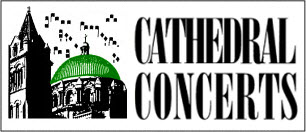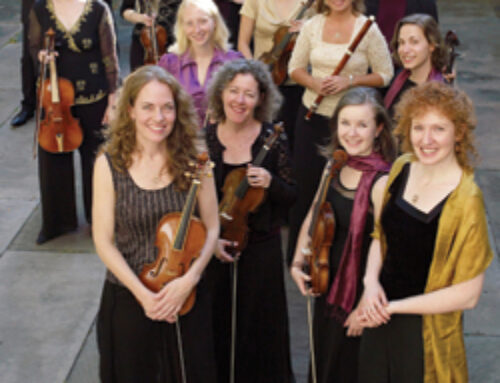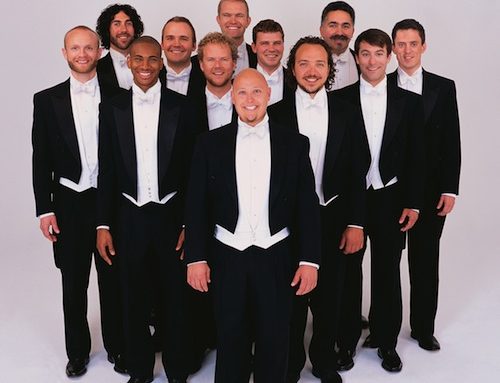Dr. Jeffrey Carter, Chair
Department of Music
Webster University
Saint Louis Cathedral Concerts presented Chanticleer in concert last evening at the Cathedral Basilica of Saint Louis. This concert closed the presenter’s 2009-2010 season.2010-CHANTICLEER-1small
I first attended a Chanticleer concert in 1992, and over nearly 20 years have rarely missed one of their performances within a two-hour drive. I have special memories of their holiday concerts on tour, and of a two-night stint in Kansas City in the late 1990′s. My friend Michael Lichtenauer sang with them then, as did my friend Frank Albinder. And now one of my kids from Ball State, Jace Wittig, is in his fourth season with the group.
When I heard Chanticleer at Ball State three years ago, I said at the time that they’ve never sounded better. I amend that statement: after last evening, I’ve never ever heard them sounding better.
Chanticleer presented The Divine Orlando at the Cathedral Basilica, singing a concert of music by Orlando di Lasso (c. 1530-1594 C.E.), with the exception of the opening chanson by Nicolas Gombert (c. 1490-1560). They chose this music specifically for the extended reverberation time of the cathedral, and in doing so achieved a near-perfect pairing of music and space, sound and sight. (To see Chanticleer standing on the chancel steps, with the baldacchino rising behind them, is to start glimpsing heaven.)
Make no mistake: Chanticleer continues to be the gold standard of choral singing in this country. These guys are choral royalty. They wring exquisite beauty from the simplest of harmonies, and in their voices the most powerful cadence is breath-taking in its perfection. Indeed, a couple of last evening’s cadences were so perfect in their unity, so vivid in their joyful closure, that I found myself breathless and watery-eyed. Such is the power of choral singing when Chanticleer is the vessel and messenger.
An Orlando Lasso program can be a challenge for the audience. We witnessed an enlightening but esoteric concert, one that was not Chanticleer for the masses – close harmony, some jazz, some madrigals and motets and part-songs, and a bit of camp. A careful listener, though, would have caught the variety within the music: a dance-like “miserere nobis”; the harmonic and textural variety of Miserere mei Deus (Psalm 51) from Psalmus Poenitentialis; the eruption of polyphonic overlaps during the Credo of a mass setting at the words “Et exspecto resurrectionem motuorum (I look for the resurrection of the dead),” rending apart the prevalent homophony.
I found especially powerful the Psalm 51, so different in Orlando di Lasso’s setting than in that of Josquin or Allegri. One of the most heart-melting moments of my life happened in that darkened nave last evening as Chanticleer sang “Ecce enim veritatem dilexisti (For behold, thou hast loved truth).” The sound of the humbled trying to rejoice a few lines later, given in Orlando’s setting to the lower voices, was vivid, slightly amusing in a religious way, and a most perfect painting of that image in music.
And so went the evening. One expects Chanticleer to sing with exquisite balance, and they did. We have come to accept nothing less than laser tuning of cadences, and Chanticleer gave us just that. Beginning with cascades of sorrow in the Gombert madrigal, and closing with relative joy in a setting of Psalm 150, and in nearly every intervening moment, Chanticleer demonstrated keen expressiveness, enviable choral artistry, and stunning sonic beauty.
One final note: one of the fun things about a Chanticleer concert is watching them work together. They are marvelous to witness, especially in the subtle communicative gestures at release points and in the quiet and unaffected body language as they are singing. Their trademark entrances and bows are as pristine as ever, but that exit from the stage – so engaging and so perfectly choreographed, just shy of being affected – is the part I love the most. Aside from the singing.




